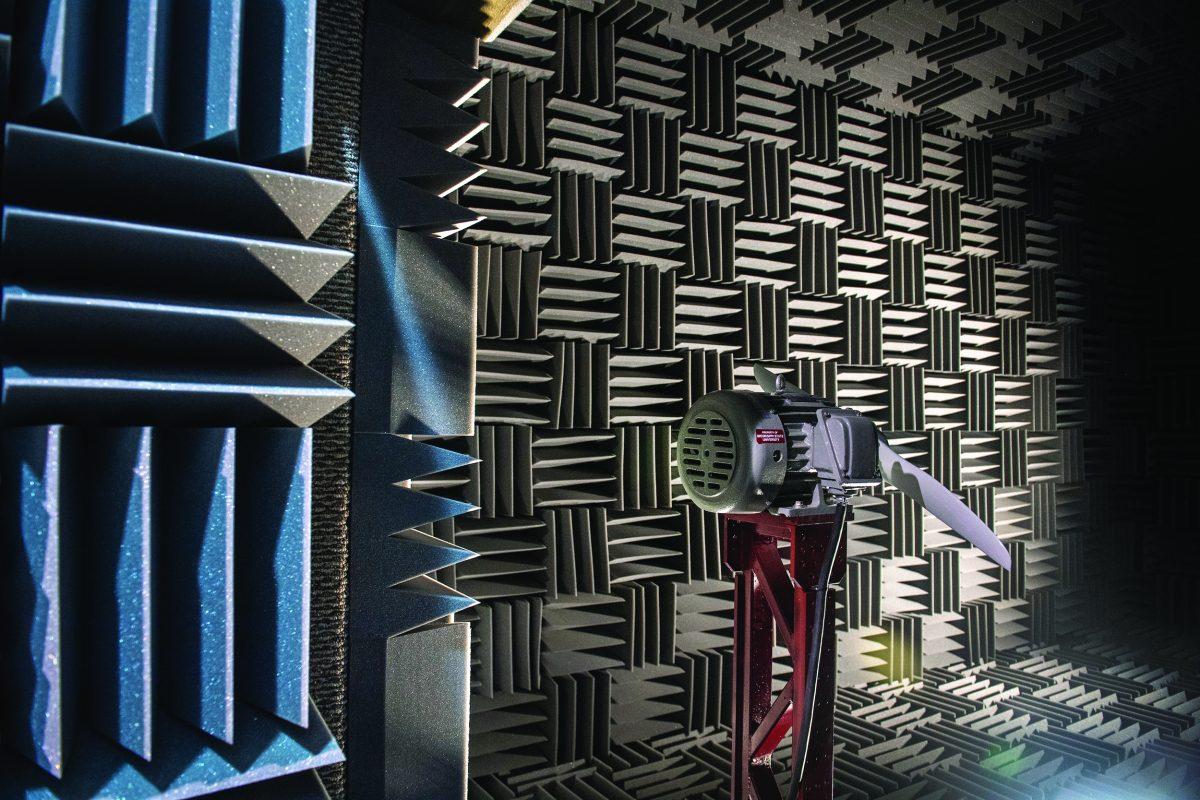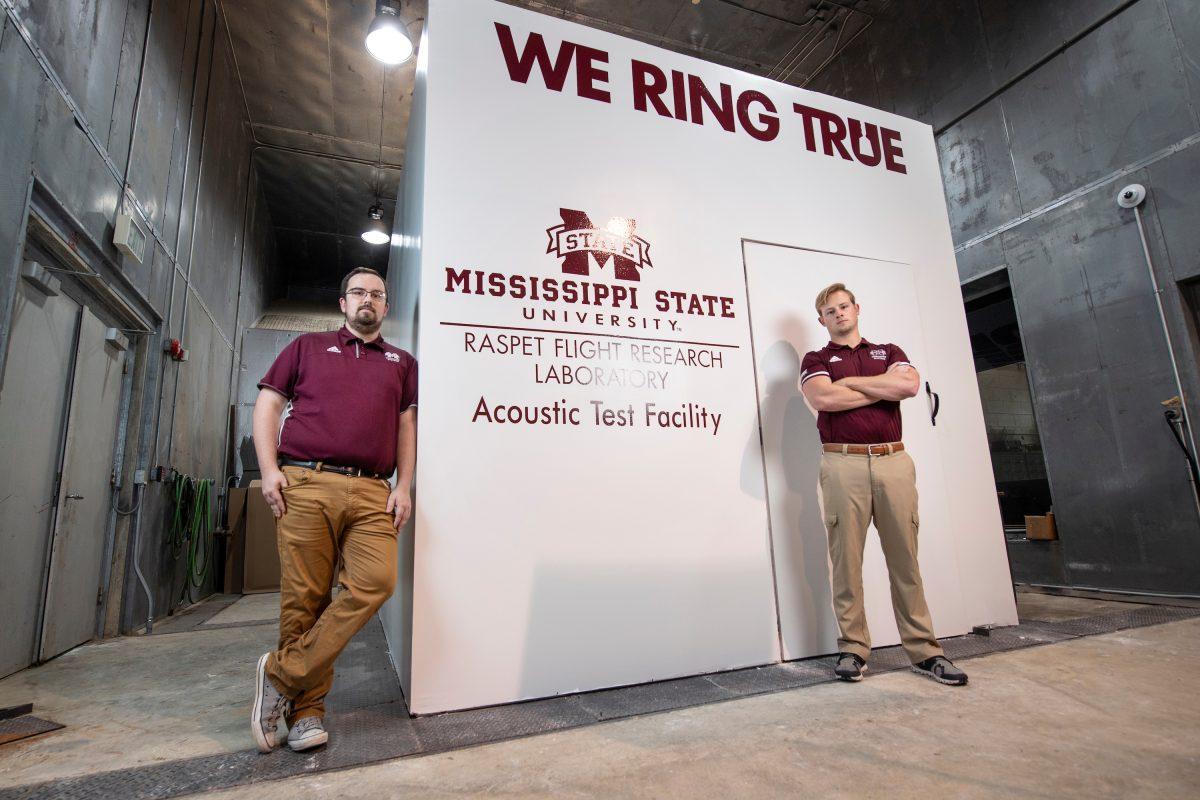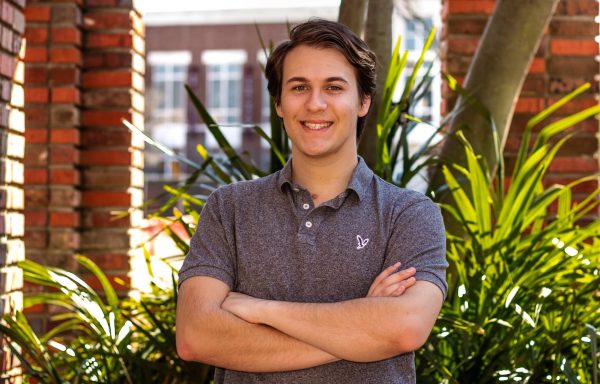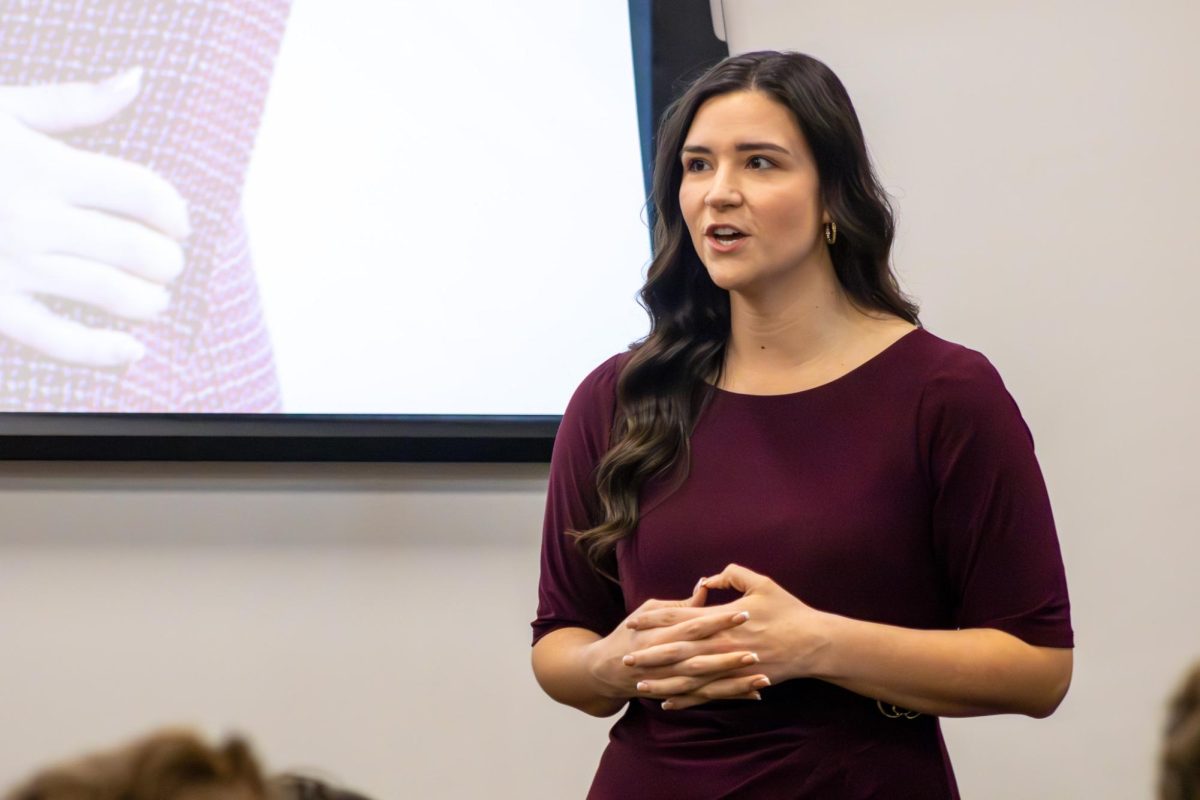Mississippi State University’s Raspet Flight Lab II is making use of a quiet room for their research, and it is not the library. The lab specializes in research on unmanned aerial systems (UAS) and has been focused on research related to drones, both commercial and military, and how to reduce propeller noise while maintaining efficiency and performance.
Raspet has been accomplishing this via use of a new acoustic anechoic chamber, a room covered in foam and as quiet as 16.5 dBA, barely louder than a human whisper. The lab has been contracted by the United States Department of Defense for this project, and engineers at Raspet are optimistic about their progress.
Hunter Vesa, research engineer at Raspet, has been heading the work with air acoustics in order to decrease the sounds produced by drones with new technologies across a range of platforms.
Vesa and other engineers have been using the research gathered in the chamber to figure out ways to reduce aerodynamic noise of aircraft without reducing performance of those drones. The use of this research and technology will be twofold according to Vesa, who believes both military and commercial situations will benefit.
“Whether it’s a military situation, monitoring areas of interest or in the agricultural world where loud drones can affect the civilian population or wildlife, that research will be useful,” Vesa said. “Ultimately, it will greatly benefit the men and women fighting overseas.”
Vesa is not the only engineer involved in the project. Another major figure is Caden Teer, chief engineer at Raspet Flight Lab II. Teer described the quieter drone initiative as being a success thus far and expanded on how exactly these developments would affect drones.
“The military can make quieter drones to fly lower and use sensors at a better altitude and everyday use in national airspace, allowing them to fly quieter while not disturbing residents.”
Teer also touched on what the new anechoic chamber could be used for after the completion of the current work with UAS.
“There are so many uses: aerodynamic testing, aircraft purposes. And it’s mainly designed to be completely configurable for a variety of testing. Anything that can fit in there, we can do testing on.”
According to Teer, the research done in the anechoic chamber has been taken to the field as well in an effort to bring their work closer to fruition.
“We’ve done testing in the field, where we’ve taken entire microphone arrays at airports where we can compare what we’ve seen in the lab to what’s out in the real world,” Teer said.
Tom Brooks, the interim director of Raspet and former engineer, shared his thoughts on the chamber and the research done inside.
“The project is going well. We’ve evaluated a number of configurations within that chamber to decide optimal flight tests for the air vehicles, and we’re landing on the optimal conditions for our upcoming flight test later this year,” Brooks said.
Brooks also spoke on the significance of Raspet’s work.
“The importance of a quieter drone is really interesting when you start looking at it,” Brooks said. “Airplane noise is a problem for any application of unmanned. What’s driving this project is being able to fly at lower altitudes and quieter noise levels to avoid detection. It does a number of great things.”
Brooks also spoke about how vital engineers, such as Hunter Vesa, are to this project.
“I can’t stress enough how important the work that he led has been for Raspet and for Mississippi State,” Brooks said. “With his hard work, we’ve made Mississippi State a recognized name in aeroacoustics for unmanned systems. Ole Miss has enjoyed that recognition for a very long time, and I think Mississippi State is becoming a rival. We’re very proud of what he and the team have accomplished.
Research engineer Hunter Vesa and graduate student Todd Mabry are pictured in front of the new anechoic research chamber. The chamber is able to be repurposed for many types of research.
















